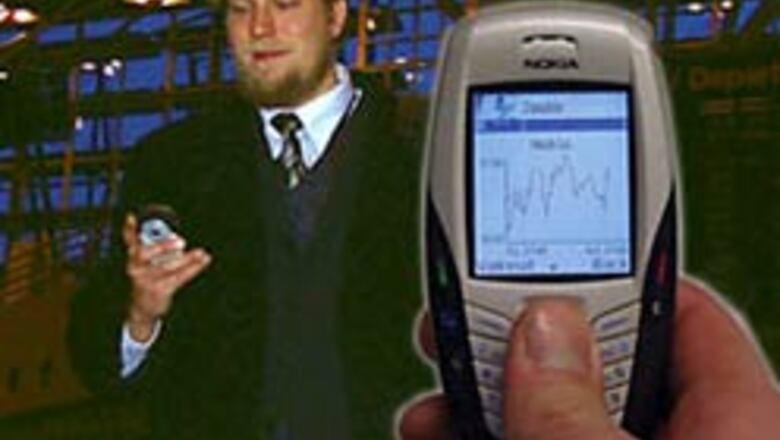
views
Washington: A new study by Italian researchers that investigates the effects of mobile phone emissions on the motor cortex has found that electromagnetic fields generated by cell phones produce an increase in excitability within the brain's cortex.
The study, by a team of researchers led by Paolo Maria Rossini, a neurologist with the Fatebenefratelli IRCCS Research Centre of Brescia, was conducted on 15 healthy young male volunteers who were each exposed to emissions from phones using the Global System for Mobile Communications (GSM).
They researchers used a technique called paired-pulse transcranial magnetic stimulation to investigate cortical excitability
As a part of the study, the researchers mounted two common GSM phones on the volunteers’ heads – one on the left side by using a modified helmet that assured a constant distance of 15 mm between phone and ear, and another identical phone, without battery, on the right side of the head.
The volunteers underwent two sessions, one week apart.
During the first session, the volunteers underwent 45 minutes of cell phone exposure.
In the second week they underwent a 45 minute "sham" session in which no phone was turned on, although they were told the opposite.
The paired-pulse procedure was performed thrice during each session - before, immediately after exposure and an hour after the phone was turned off.
The researchers found that in the sham sessions and just before the phones were turned on, both hemispheres of the brain showed no excitability changes, but during phone emissions, they found "an excitability increase in the exposed left hemisphere" as compared to the non-exposed side of the head and the sham exposure.
The effect lasted up to one hour after the end of exposure.
Paolo Maria Rossini said that further research was needed to know whether this 'excitability' was potentially dangerous or beneficial to brain functioning.
"We still do not know whether this effect is neutral or potentially dangerous or beneficial to brain functioning," Discovery News quoted him, as saying.
"Exposure to GSM-type electromagnetic fields may theoretically provide a new, non-invasive method to treat subjects suffering from neurological diseases with reduced cortical excitability, such as strokes and Alzheimer's disease," he added.
The study has been accepted for publication in the Annals of Neurology.


















Comments
0 comment